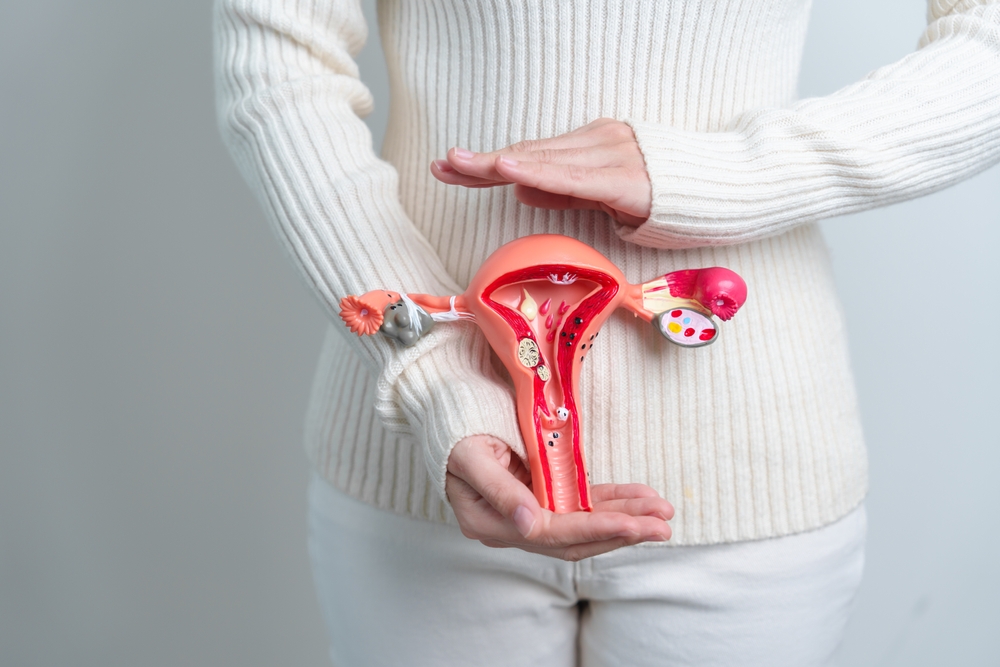Ovarian torsion is a serious and relatively rare gynecological emergency that requires immediate medical attention to prevent severe complications. This condition occurs when an ovary twists, cutting off its blood supply. Women of all ages are potentially at risk, though it most commonly affects those of reproductive age. The multi-provider team at May-Grant OB/GYN, serving Lancaster, PA and surrounding areas, is well-equipped to diagnose and treat this urgent health concern. Understanding the symptoms and causes of ovarian torsion can greatly aid in its timely diagnosis and treatment.
Recognizing the Symptoms of Ovarian Torsion
Ovarian torsion presents a range of symptoms that can vary in intensity but typically occur suddenly and require prompt medical attention:
- Severe Pelvic Pain: This is the most common symptom, often sharp, sudden, and may be felt on one side of the abdomen.
- Nausea and Vomiting: These symptoms accompany the pain in many cases of ovarian torsion, adding to the urgency of the situation.
- Abdominal Swelling or Bloating: An enlarged, twisted ovary can cause visible bloating or a feeling of heaviness in the abdomen.
- Fever: Although less common, some patients may develop a low-grade fever.
- Abnormal Vaginal Bleeding: This is a rare symptom but can occur and should be addressed immediately.
Prompt recognition of these symptoms is crucial, as the longer the ovary remains twisted, the greater the risk of permanent damage due to loss of blood supply.
The Causes and Risk Factors
While ovarian torsion can occur without an obvious cause, several factors increase the risk:
- Ovarian Cysts: Large cysts can weigh down the ovary, increasing the risk of torsion.
- Hormonal Fluctuations: Certain reproductive therapies that stimulate ovulation can lead to enlarged ovaries, which are more susceptible to twisting.
- Physical Activity: Sudden, intense physical activity or trauma to the abdomen can precipitate torsion.
- Pregnancy: Pregnant women are more prone to ovarian torsion due to anatomical changes and increased ovarian mass.
Understanding these risk factors can help in assessing the likelihood of ovarian torsion and taking preventive measures when possible.
Diagnostic Approaches
Diagnosing ovarian torsion involves several steps to ensure accuracy, as its symptoms can mimic other conditions like kidney stones or appendicitis:
- Ultrasound: This is the primary diagnostic tool used to visualize the ovaries and check for signs of torsion and disrupted blood flow.
- Blood Tests: These can help rule out other conditions and assess the patient’s overall health.
- CT or MRI Scans: In ambiguous cases, these imaging modalities can provide a clearer view of the pelvic anatomy.
The medical team at May-Grant OB/GYN is skilled in these diagnostic techniques, ensuring a rapid response to suspected cases of ovarian torsion.
Treatment Options and Interventions
Immediate medical intervention is essential for ovarian torsion. Treatment typically involves:
- Surgical Intervention: Laparoscopy, a minimally invasive surgical technique, is commonly used to untwist the ovary and restore blood flow. If the ovary is severely damaged, it may need to be removed.
- Monitoring: After surgery, patients are closely monitored to ensure the ovary remains healthy and to check for any further complications.
Prevention and Monitoring
While preventing ovarian torsion is impossible, understanding the risk factors and seeking regular gynecological care can help manage those risks. Regular ultrasounds and check-ups can catch conditions like ovarian cysts early before they lead to complications like torsion.
Fostering Proactive Health Management
Understanding the critical nature of ovarian torsion is paramount for patients and healthcare providers. By staying informed about the symptoms and maintaining regular consultations at May-Grant OB/GYN, women can ensure they receive timely care if symptoms arise. Moreover, educating women about this condition empowers them to take charge of their health and seek help without delay when needed.
Addressing ovarian torsion promptly preserves the health of the ovaries and the overall reproductive health and well-being of women. The team at May-Grant OB/GYN is committed to providing comprehensive care and education to prevent such emergencies and ensure the health of their patients across all locations, including Lancaster, PA.
Sources:
- American College of Obstetricians and Gynecologists (ACOG): Comprehensive guide on ovarian torsion.
- Mayo Clinic: Detailed analysis on the causes and treatments for ovarian torsion.
- National Institutes of Health (NIH): Research articles on the diagnosis and management of ovarian torsion.








